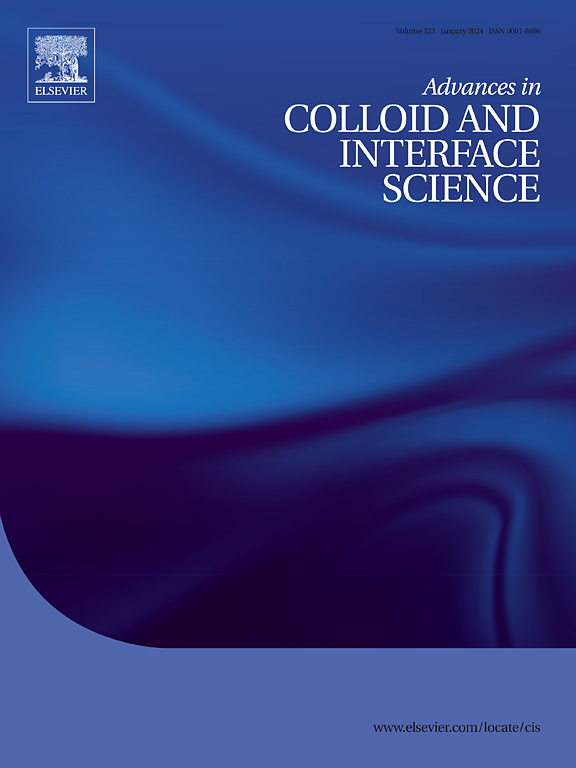Nanoarchitectonics of cello-oligosaccharides: A route toward artificial nanocelluloses
IF 15.9
1区 化学
Q1 CHEMISTRY, PHYSICAL
引用次数: 0
Abstract
Colloidal cellulose nanoparticles, or nanocelluloses, are derived from natural cellulose sources in a top-down manner via physical and/or chemical treatments that extract naturally occurring cellulose nanostructures. Naturally derived nanocelluloses have been successfully commercialized in various fields, and their potential is still being widely explored in materials science. Moreover, recent advances in nanoarchitectonics of low-molecular-weight cellulose, or cello-oligosaccharides, have opened new avenues for developing “artificial nanocelluloses”. Artificial nanocelluloses composed of cello-oligosaccharides synthesized via enzymatic oligomerization or solid-phase glycan synthesis technology are termed “synthetic nanocelluloses”. These nanostructures are abiotically constructed in a bottom-up manner at the molecular level via self-assembly of cello-oligosaccharides in vitro. Modulation of the assembly process and molecular design provides control over the molecular alignment, nanomorphology, and surface functionality of artificial nanocelluloses. This review summarizes recent research progress in artificial nanocelluloses, from the preparation and self-assembly of cello-oligosaccharides to their potential applications.

纤维素寡糖的纳米结构:通往人造纳米纤维素的途径。
胶体纤维素纳米颗粒,或纳米纤维素,是从天然纤维素来源中自上而下的方式,通过物理和/或化学处理,提取天然存在的纤维素纳米结构。天然衍生的纳米纤维素已经在各个领域成功商业化,其潜力仍在材料科学中得到广泛探索。此外,低分子量纤维素或低聚糖纤维素的纳米结构学的最新进展为开发“人造纳米纤维素”开辟了新的途径。通过酶促低聚或固相聚糖合成技术合成的纤维素寡糖组成的人工纳米纤维素称为“人工纳米纤维素”。这些纳米结构是在体外通过纤维寡糖的自组装在分子水平上以自下而上的方式非生物构建的。组装过程和分子设计的调节提供了对人工纳米纤维素的分子排列、纳米形态和表面功能的控制。本文综述了近年来人造纳米纤维素的研究进展,从纤维低聚糖的制备、自组装到它们的潜在应用。
本文章由计算机程序翻译,如有差异,请以英文原文为准。
求助全文
约1分钟内获得全文
求助全文
来源期刊
CiteScore
28.50
自引率
2.60%
发文量
175
审稿时长
31 days
期刊介绍:
"Advances in Colloid and Interface Science" is an international journal that focuses on experimental and theoretical developments in interfacial and colloidal phenomena. The journal covers a wide range of disciplines including biology, chemistry, physics, and technology.
The journal accepts review articles on any topic within the scope of colloid and interface science. These articles should provide an in-depth analysis of the subject matter, offering a critical review of the current state of the field. The author's informed opinion on the topic should also be included. The manuscript should compare and contrast ideas found in the reviewed literature and address the limitations of these ideas.
Typically, the articles published in this journal are written by recognized experts in the field.

 求助内容:
求助内容: 应助结果提醒方式:
应助结果提醒方式:


